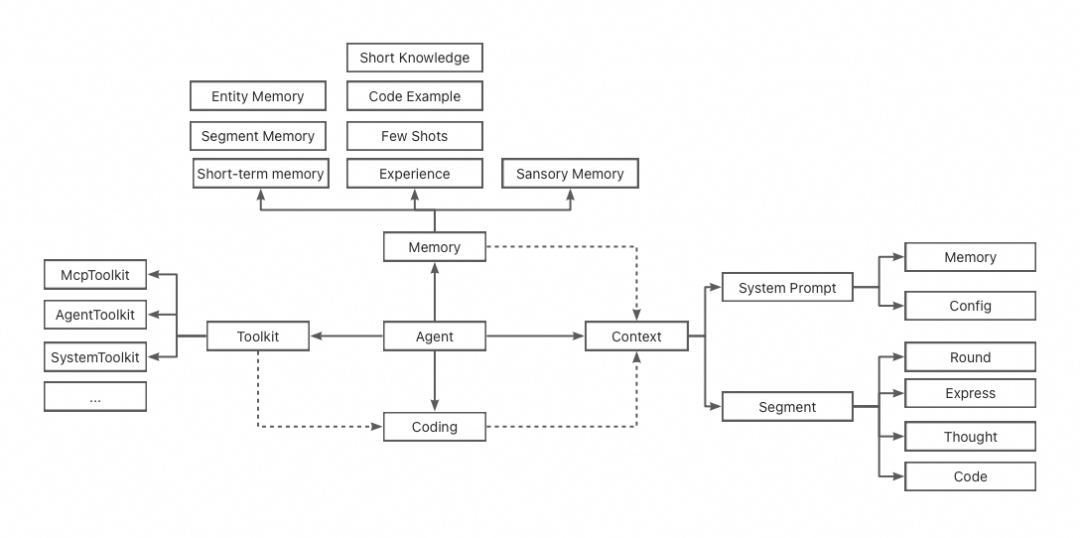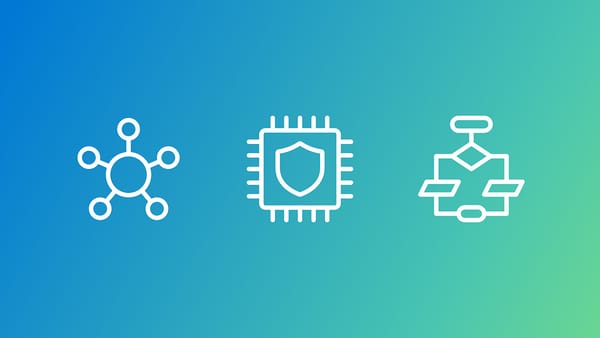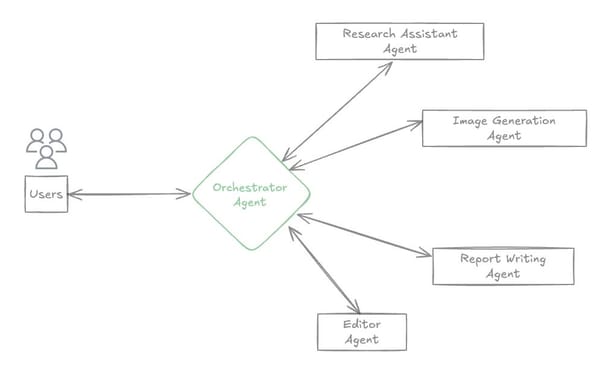From Code Generation to Autonomous Decision-Making: Building a Coding-Driven "Self-Programming" Agent

# Building a Self-Programming Agent
*A Step-by-Step Guide to Creating an AI Assistant That Writes and Executes Its Own Code*
---
## Introduction
In exploring Large Language Model (LLM) applications, using LLMs as the **"brain"** of an Agent opens limitless possibilities. One of the most successful large-scale implementations is **code generation**.
Given that LLMs can produce high-quality code, we ask: why not let them **write and run code to control their own behavior**? This enables the Agent’s operational logic to go beyond simple “next step” reasoning, supporting **complex branching, loops, and advanced automation**.
In this article, you'll learn how we built an Agent capable of **self-programming** — designed as a *junior teammate* ready to contribute actively in DevOps workflows.
---
## Agent System Design
### Overview
We optimized the **ReAct Agent pattern** to create a more flexible and powerful execution framework.
**Key improvements:**
- **Py4j-based architecture** replacing rigid JSON calls with **Code + generalized invocation**
- **Spring Boot + Spring AI** backend integration with Alibaba AI capabilities
- Full-chain **evaluation and monitoring** via observability platforms
- **MCP protocol** for cross-tool capability integration
- **A2A protocol** for multi-Agent ecosystems
- **Hybrid model strategy**:
- **Qwen3-Turbo** for translation/data extraction (low latency)
- **Qwen3-Coder** for reasoning/dynamic coding
- On-demand Qwen/DeepSeek models for general tasks

*Agent internal module distribution*
---
### Memory Architecture
- **Short-Term Memory**: Session-restricted knowledge
- **Sensory Memory**: Environmental awareness (e.g., page, URL data capture)
- **Experience**: Learned configurations & summaries to guide decision-making
---
### Context System
Our **Context Stack** includes:
- **System Prompt** (dynamic/configurable)
- **Memory content**
- **User Prompt** segment (*Inference Segment*)
- **Round-based execution planning**
---
## Real-World Integration Example
Platforms like [AiToEarn官网](https://aitoearn.ai/) show how agents can expand into **multi-platform creative publishing**. AiToEarn connects AI-generated content with simultaneous distribution to Douyin, Kwai, WeChat, Bilibili, Rednote, Facebook, Instagram, LinkedIn, Threads, YouTube, Pinterest, and X — plus analytics and [AI模型排名](https://rank.aitoearn.ai).
Our aim: Agents capable of internal DevOps tasks and **external monetization workflows**.
---
## Agent Functional Zones
### 1. Perception Zone
Handles **input tracking** from:
- User messages
- Click events
- Sub-Agent async responses
**Capabilities:**
- Language parsing
- Fuzzy interpretation
- Scenario analysis
- Context enhancement
- Environment parsing
---
### 2. Cognitive Zone
**IntentPlanner → Segment Mechanism → Python Execution**
IntentPlanner
├─ SegmentBuilder
├─ InferencePromptConfigManager
└─ PromptBuilders (Thought / Cmd / Custom)
Uses generated **code** to fulfill parsed user intent.
---
### 3. Motor Zone
Executes **complex multi-round tasks**:
- Sets sub-goals each round
- Evaluates task completion status
- Decides whether to continue or abandon
---
### 4. Expression Zone
Manages **output delivery**, including:
- Text messages
- Cards
- Event sequences
---
### 5. Self-Evaluation Zone
Runs **SelfTaskCheck** after goals are completed, re-triggering processes if necessary.
---
## Context Engineering
### Key Components
- **Segments**: Current & historical execution fragments
- **Environmental Contexts**: Session, tenant, and variable configs
- **Tool Contexts**: Available tools, usage descriptions
---
### Prompt Assembly
We use modular prompt building — separating **system, user, and FIM (Fill-In-Middle)** formats:
**FIM Example:**<|fim_prefix|>
Prefix code here
<|fim_suffix|>
Suffix code here
<|fim_middle|>
Model writes continuation
---
## Memory System
We implement **multi-layer memory** inspired by cognitive science:
- **Sensory Memory**
- **Short-Term (Session-level, ES-based)**
- **Long-Term Memory** (persistent knowledge, experience)
- **User Preferences** (role definitions, work habits)
**Goal:** Maintain context continuity, enable reasoning, and support personalization.
---
## Code Execution & Bridging
### Python Execution Engine
- Java triggers Python code execution
- Supports async execution
- Lifecycle management & monitoring
---
### Toolkit Bridge (Py4j)
Connects Python → Java with:
- **Singleton Gateway**
- **Fixed Port (15333)**
- **Dynamic Toolkit Proxy** calls
---
### Parameter Handling
- Named argument unification
- Type conversion (Java → Python)
- JSON serialization for transmission
---
## Toolkit System
We categorize toolkits into:
- **Custom Card toolkit** (UI-based interaction)
- **MCP toolkit** (external integration)
- **Agent toolkit** (multi-Agent cooperation)
- **System toolkit** (core operational functions)
---
## Registration Mechanisms
1. **Dynamic Registration** (interface-based)
2. **Annotation-Based Registration** (declarative)
---
## Engineering Principles
### 1. Prompt Design
Use **structured composition**:
- Introduction → Mechanism → Input → Output → Examples
- Apply Template Method + Builder patterns
### 2. Architecture Engineering
Ensure lifecycle management, logging, observability, & memory strategies are solid.
### 3. Self-Learning
Implement experiential learning cycles:Collect → Process → Store → Retrieve
---
## Outlook
Our target: Agents at **Level 1.5** — on par with a junior programmer.
Optimization focuses:
- Dynamic prompts
- Merging IntentPlanner & TaskExecutor
- Precise context isolation
- Knowledge freshness
- Expanded MCP & Agent capabilities
---
## Closing Thoughts
Advanced AI agents, when combined with cross-platform publishing ecosystems like [AiToEarn官网](https://aitoearn.ai/), can connect **self-programming capabilities** with real-world measurable outputs — from DevOps automation to global creative monetization.
---



